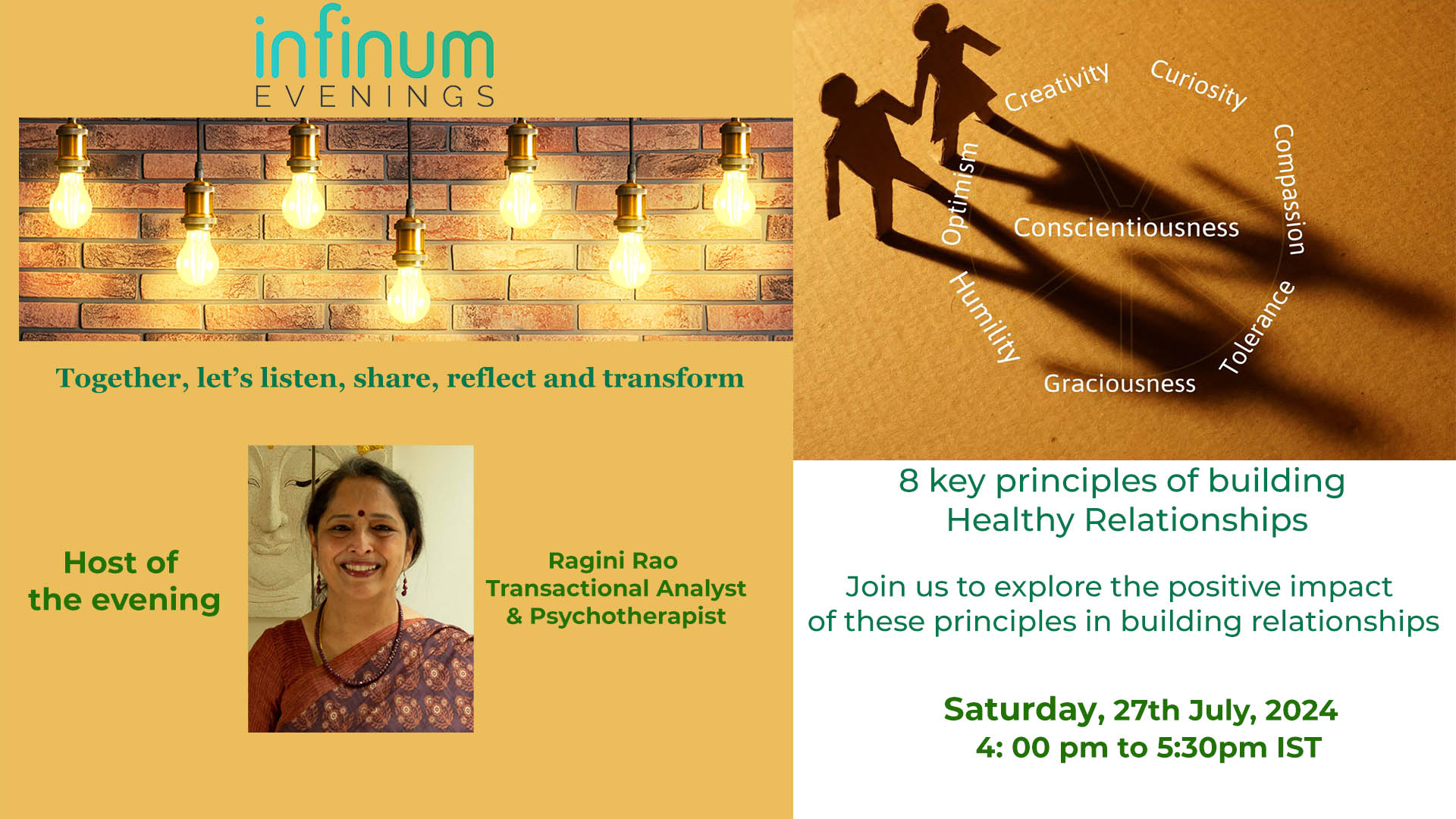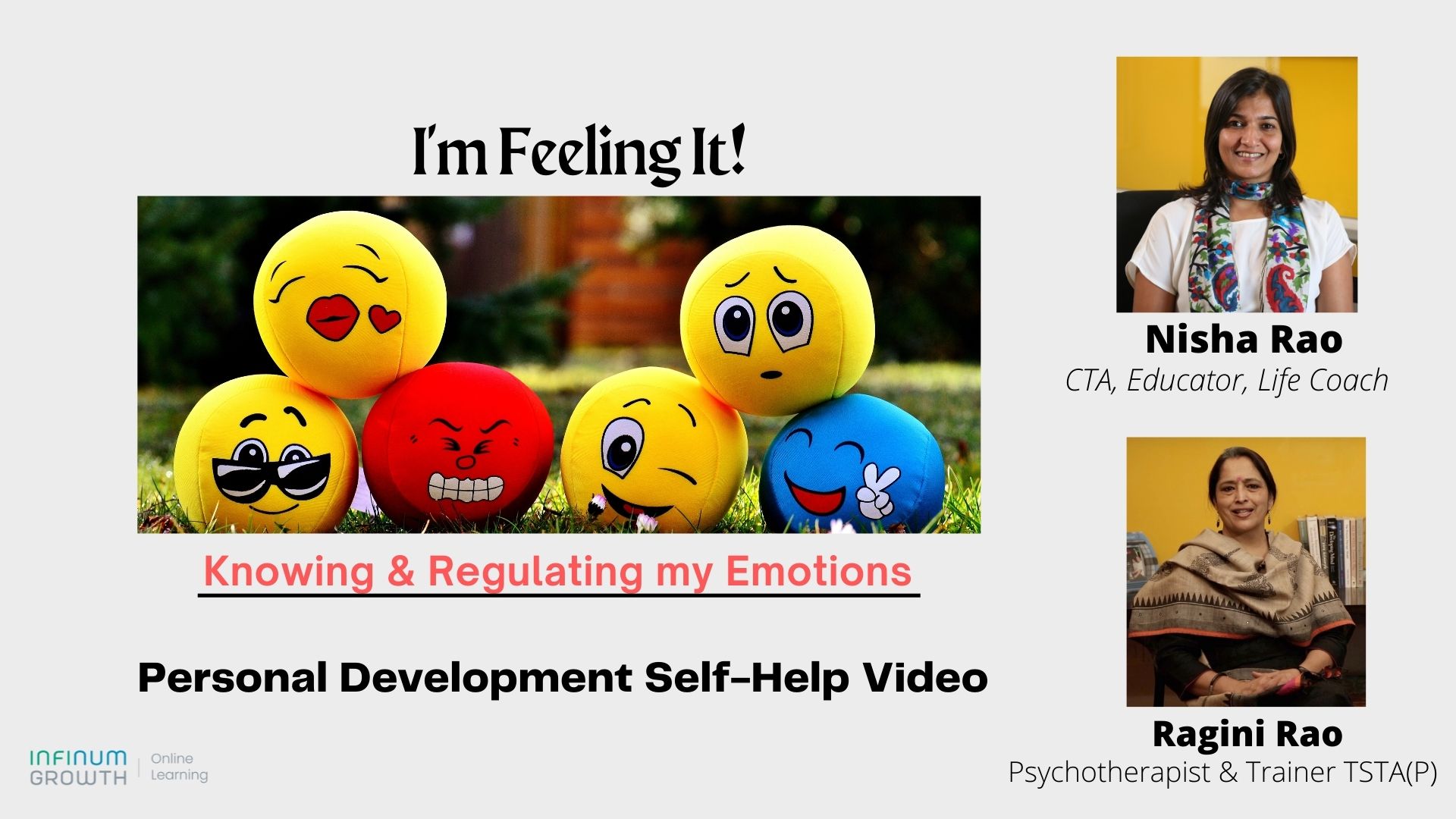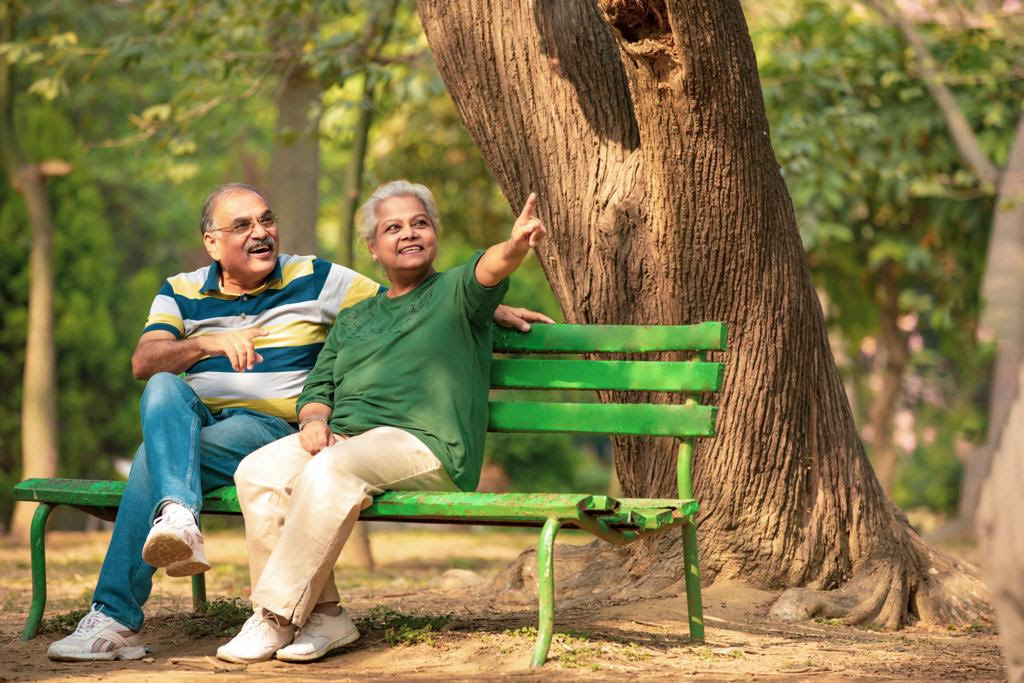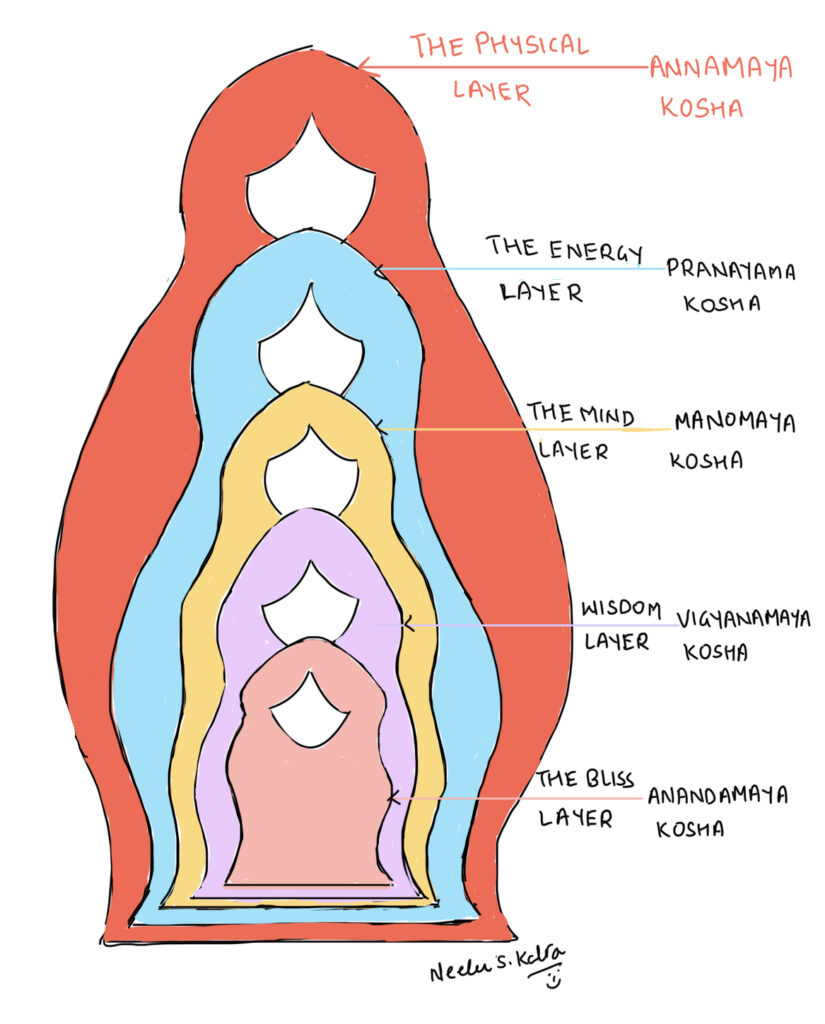In a training group, that I was part of, people would tell me; “You are a thinking person!”; “You always think through stuff”. I thought these were compliments, until someone asked me “ Don’t you feel at all?” ‘Maybe you should take some therapy to start feeling”… Aha!!!
On contemplation, I realized that most people perceive me as a thinking person. The underlying message of this perception mostly is that, I can neither emote nor can I feel.
Now, that isn’t true! So, I paused to check on this hypothesis
-
Do I get angry? – Check
-
Have I laughed loud? – Check
-
Do I cry? – Check
-
Have I been disappointed? – Check
-
Do I fear? – Check
-
Have I felt disgusted? – Check
-
Do I like surprises? – Check
So, the supposition that “I cannot feel” isn’t true.
Thinking, Feeling and Behaviour – Three modes of response present in all
Each one of us has a specific operating style. The styles evolve based on one’s personal traits and patterns of behaviour; and one’s experiences, communication modes, attitudes, responses, feelings etc.
Thinking, Feeling and Behaviour – all three modes exist in each individual. However, each personality style tends to show the predominance of one of these modes.Thinking and feeling are each one’s preferences, used in decision making and acting; and there are others, who just act out, without consciously thinking or allowing their feelings to come up.
I choose to use my thinking, simply because I am aware that when I am emotional, sometimes my decisions become very subjective. When I think, I don’t keep my feelings away; I do integrate my feelings and think and this reflects in my behaviour.
Thinking helps structure feelings and behaviour
Thinking is my personal style of how I connect with the world. Thinking gives me enormous functional fluency in my life. It helps me structure my feelings and behaviour and I feel safe to explore and learn. My boundaries and expectations become clear and consistent.
Thinking gives me plenty of scope of being spontaneous too – unrestrained, yet age appropriate ( may not be exactly) and context appropriate. Thinking helps me to orient and delve deep in what I do or where I am. Once deep down there, I own it within me and my behaviours become spontaneous; and yes, creative and unique.
When I mentioned that I integrate my feelings when I am thinking, it means that I definitely account the way I feel. Accounting my feeling leads me to notice things, understand perspectives, choose options to be grounded, consider the consequences of my responses, apply the benefit of doubt and work out the circumstances that I am in. When I account my feelings, my spontaneous self gets back and I easily connect with people, take their support and lend support and love.
Thinking fosters a positive attitude in me in most contexts and empowers me to accept the reality and it definitely desists painful resignations.
Childhood Permissions helped evolve the Thinking style
While I gladly accept my thinking artistry, I wondered what made me a thinking person. As I looked back in my life, both my parents mostly allowed us (me and my sister, as children) to express what we actually felt. We didn’t have a fear to display what we felt; so there was no need to substitute another feeling in the actual feeling’s place. They were accommodative to how we felt; however, they did have standards of how we expressed it. They were ok with us if we were angry, but not if we were to skip meals or break something. My mom’s standard dialogue was, “I know you are angry – eat and sleep, let’s talk later”. And when we spoke about it later, the dialogues helped us to reflect on the context. We were clear about our feelings and therefore, I was able to reflect on it.
In a specific instance, when there was a commotion in my larger family, words like “ending self” and related words were being spoken, while I was busy polishing my shoes for my school next day. Noticing this, my mom called me aside and asked, “what if you find your family gone forever one morning?”. I answered that I would entrust dad’s business to my dad’s friend, finish my schooling and college and take over the business to move forward in life. My mom asked me if I would cry. I answered that I would. I sensed 7-8 astonished faces in the room looking (staring) at me. I remember that I felt terrible inside – confusion, fear, sadness – yet, my thinking was my anchoring and I had to see what could be done, given the situation.
The next day my mom came to me with a smile and informed me that my answer helped my family to be grounded in reality; and think through the situation rather than emotionally yielding to it. It was a huge acceptance for my thinking – a positive conditional stroke that affirmed my thinking skill. That’s where it all started.
As an educator, I have encountered plenty of classroom situations that repeat themselves despite several reminders, allowances and even warnings. I do feel annoyed. If I were to show my annoyance, then it simply becomes my reaction to the situations; which is nether useful for me nor for my students. I need to access my thinking to respond to the emotion.
Mindfulness – to bring awareness to thoughts, feelings and behaviour
Mindfulness is the ability to bring awareness to our feelings, thoughts, behaviour and body sensations at any given moment of time. Being in the present with full awareness and relating to people around you is part of mindfulness.
Irrespective of what our natural pre-disposition be for Thinking, Feeling and Behaviour, it is important to be aware of the dominant one as well as of the other two modes. This ensures we use all three effectively.
Thinking is such a harmonious way for me to get to an “I am OK – You are OK” position; holding an attitude of equality with the other in terms of value, respect and dignity. Feeling is a part of my self. Rationalising is my “empowering self”.
Please do leave your comments at the bottom and do share with others if you like this article.

















Dear Rema
I learnt a new perspective and an awareness about my Thinking. It is always the time we bounce back to the reality is counted and it is important. Now, i can use this as a tool for myself and to work with me clients. Thank you for sharing your experience and knowledge.